13 Drinks to Try in Argentina
Written by Olga Sukhorukova
I live in Buenos Aires and write about Argentina and other places I like. For me, traveling is a great possibility not only for discovering new destinations but also for learning about myself (that is usually hidden behind everyday life). In other words, you discover new landscapes of your soul when traveling! Follow me on Facebook or Instagram. ... show more
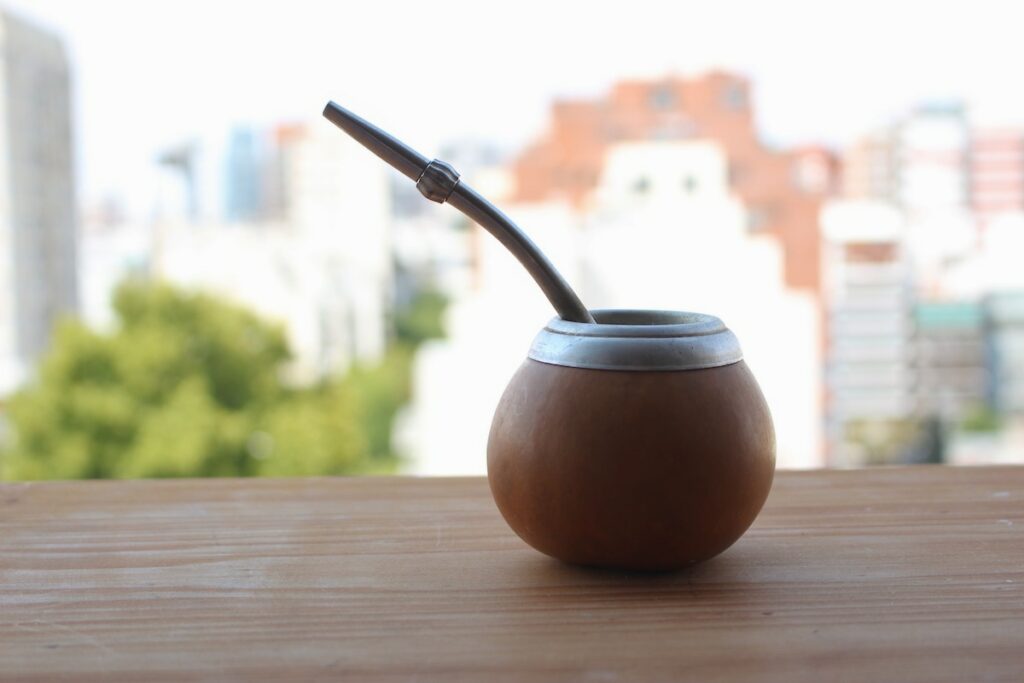
Argentina is a gorgeous country with many distinctive features. It doesn’t try to imitate Spain, Italy, or any other nation. Instead, Argentina proudly embraces the traits that set it apart from other places on Earth.
National pride is a big deal here, and the whole population gets involved. If soccer is the national sport, you’ll find fans of all ages, from young kids to seniors. If the national dish is asado, then every family will prepare it for holidays or just enjoy it on weekends. Almost everyone will tell you, as if sharing a deeply held secret, that asado is undoubtedly the most delicious and beloved dish of all.
The same goes for Argentina beverages. There are three “official” best drinks – mate, Malbec wine, and Fernet liqueur.
But there are also many unique, authentically Argentine drinks that make perfect souvenirs to share with friends back home! Let me tell you more about them.
Key takeaways
- Try Yerba Mate drink. This is number 1 priority. In the grocery store look for the “Playadito” brand.
- Argentine wines to try first: red Malbec and white Torrontes Riojano. Beyond those you should try Chardonnay and Pinot Noir from the Salentein winery.
- Fernet & Coke, an Argentinian highball, a go to beverage when going to the average neighborhood bar.
- Sample Ananá Fizz and El Sumbarino as the non-alcoholic ones.
What people say on Reddit
I’m Argentine, and it’s spot on. Fernet is EVERYWHERE, we have whole aisles in the supermarket filled with it, and you see everyone from senators’ sons to homeless people drinking it, but it has to be branca and coke. there are a few knockoff brands but you are considered a cheapskate if you buy those. amari in general are quite big in argentina now, campari being widely consumed and available as well as aperol, cynar and vermouth like punt e mes and cinzano. pretty much every place you go, even hole in the wall style places will have all of that.
agusohyeah
Fernet & Coke is my go to drink when going to the average neighborhood bar! I think it still catches most bartenders by surprise because I’m usually asked if I want it combined or served as a shot with a Coke back. Most that try it, even the Fernet haters, either like it or confess that it’s not as bad as they expected.
RabidRaider
The best thing about mate it’s that, more than a drink, it’s a chance to meet. Sharing it with friends and family it’s bonding. Years ago when I lived abroad, I still drank it alone but felt so lonely without having anyone to share it with!
lkuolpip
I had two Argentinian coworkers, and everytime I saw them in meetings, one of them always had this small silver colored cup with a metal straw, and always poured more hot water from a thermo into it.
I tried it, and I could see why they like it so much. It is an acquired taste, of those when you have your first try, you don’t like it… But the aftertaste is something very rich in flavor.
But I think is very troublesome to carry all that shit all day long like he did. And it’s always very hot, but really hot. I tried it, not my thing, but I got a little bit of that culture.
Ewcarvajal
Mate: The National Drink of Argentina
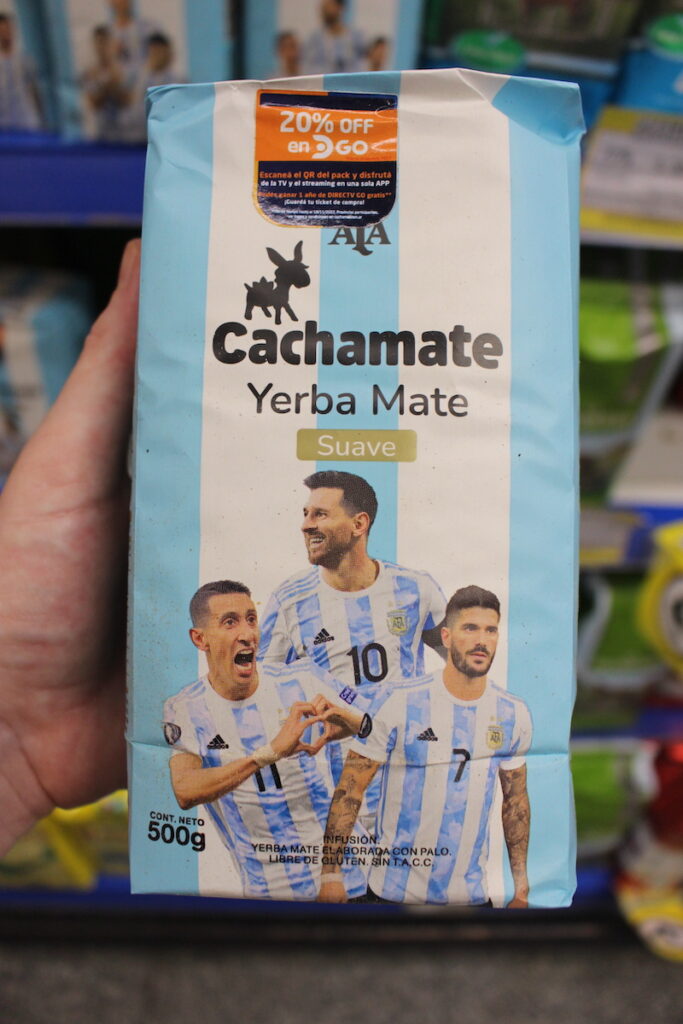
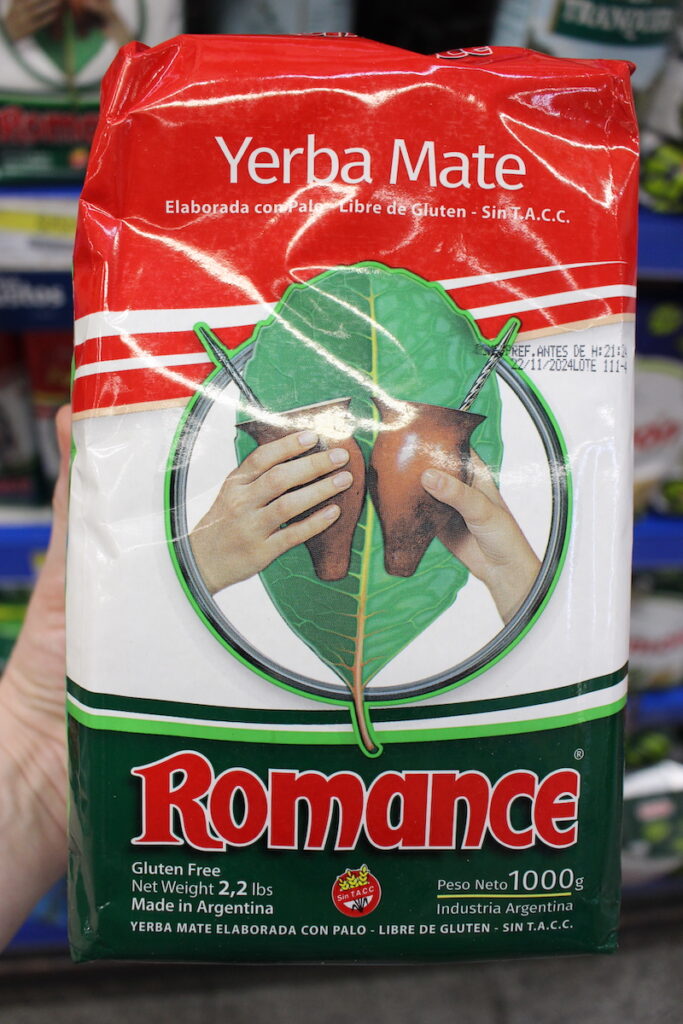
Mate is the number one national beverage in Argentina. In Brazil and other Latin American countries, people also enjoy it, but Argentinians passionately claim it as “our” drink.
European settlers first learned about mate from the native Guarani Indians in the 16th century. They loved the drink made from dried yerba mate leaves so much that they cultivated the plant and eventually established an entire industry around it.
Yerba Mate is pronounced as [yehr-bah mah-teh]
Mate isn’t consumed in cups or glasses; it requires a special container called a calabash. Traditionally made from dried small pumpkins, calabashes now come in a variety of materials, including plastic, ceramic, wood, and silver.
However, a calabash isn’t the only equipment needed for a mate. You also need a unique straw called a bombilla, which has small holes to prevent yerba mate leaves from interfering with the drinking experience. Bombillas are often made of metal but can also be crafted from other materials.
To complete your mate setup, you should have a thermos with water at a specific temperature so you don’t need to keep reheating it. With a thermos, you can also enjoy your mate outdoors. Mate is brewed multiple times (around 10), so you’ll need hot water continuously.
The ultimate Argentinean style is a set that includes a calabash, bombilla, thermos, and a unique leather bag for storage and transport. These sets are typically made of high-quality materials and can be quite expensive, making them perfect for special gifts.
Consuming and sharing mate
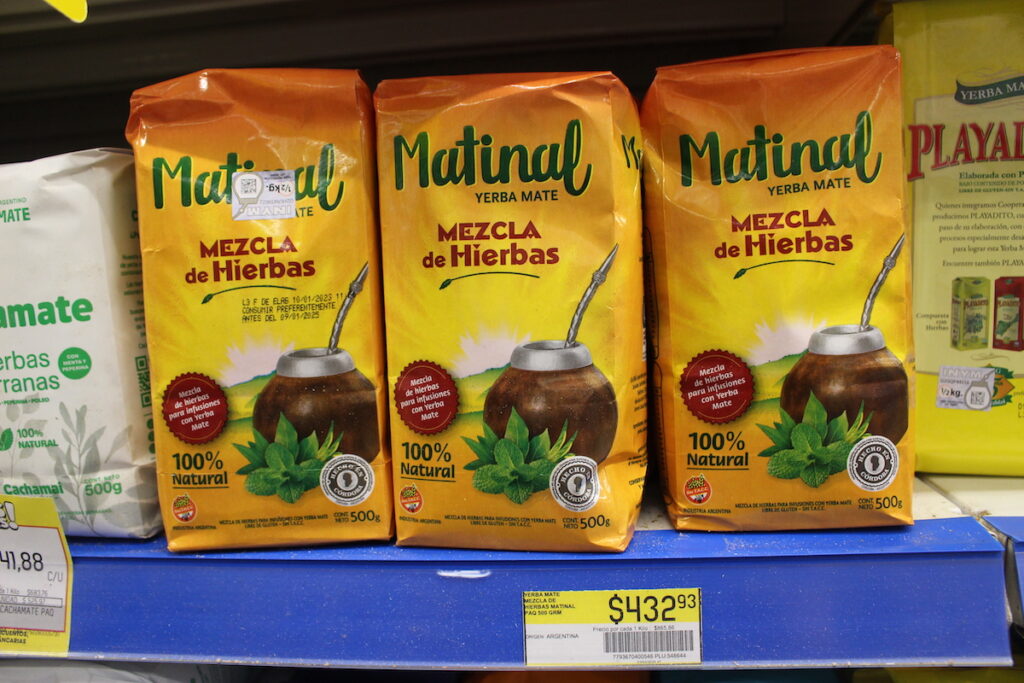
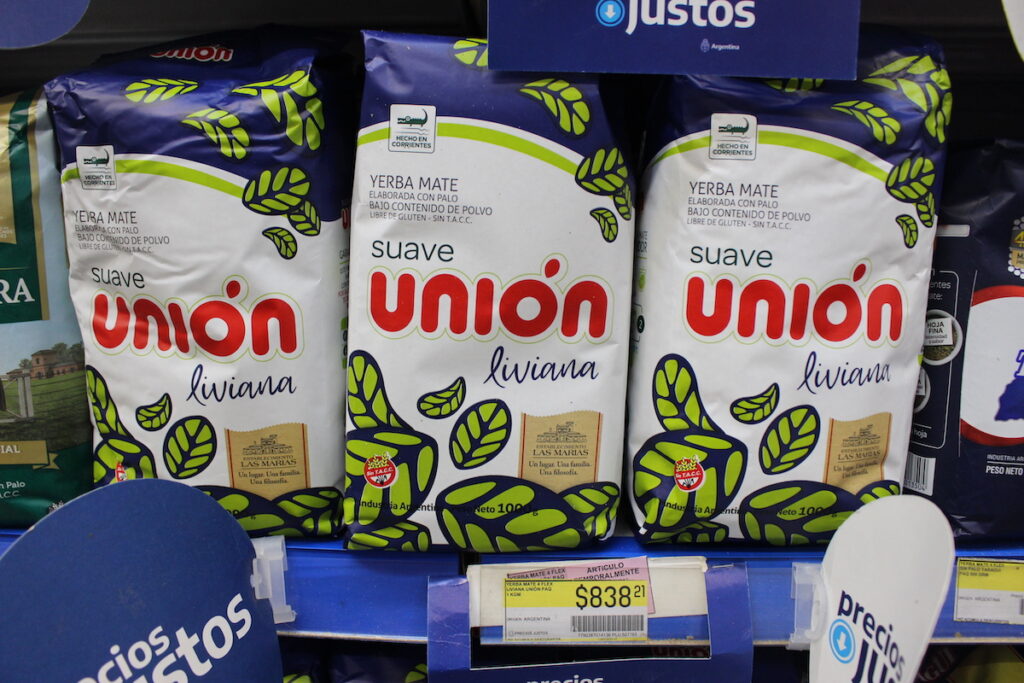
In the past, an invitation to share a mate signified friendship and favor. Despite the unsanitary implications, everyone would drink from the same calabash and bombilla. However, COVID-19 has changed these habits.
Now, declining to share a mate and greeting others with a handshake instead of a kiss is acceptable. Most people have their own personal mate sets these days.
Yerba mate leaves for brewing can be purchased at any grocery store, either in pure form or with added herbs or berries.
Argentinians believe that mate offers numerous health benefits, including weight loss, youthfulness, longevity, and protection against diseases. Mate is known to contain a significant amount of caffeine, which has a stimulating effect.
However, no definitive studies have confirmed the other health claims.
How to prepare a mate drink
Now for the fun part: how do you prepare this intriguing drink?
It’s simple. Fill the calabash three-quarters full with yerba mate. Cover the top with your hand and shake well. Then, tilt the calabash on its side and shake it again, creating a slope of leaves. Add warm water (about 100°F) and wait 2-3 minutes for it to be absorbed. Insert the bombilla into the base of the leaf pile (on the side with fewer leaves).
This process helps keep tiny leaf particles out of the bombilla. Fill the calabash with water at around 170°F (not boiling). Don’t mix the mate or move the bombilla. You can add sugar, honey, or lemon zest for extra flavor. The same leaves can be used for multiple brews until the mate loses its taste.
Enjoy!
Useful Video
Wine: Argentina’s Most Famous Beverage
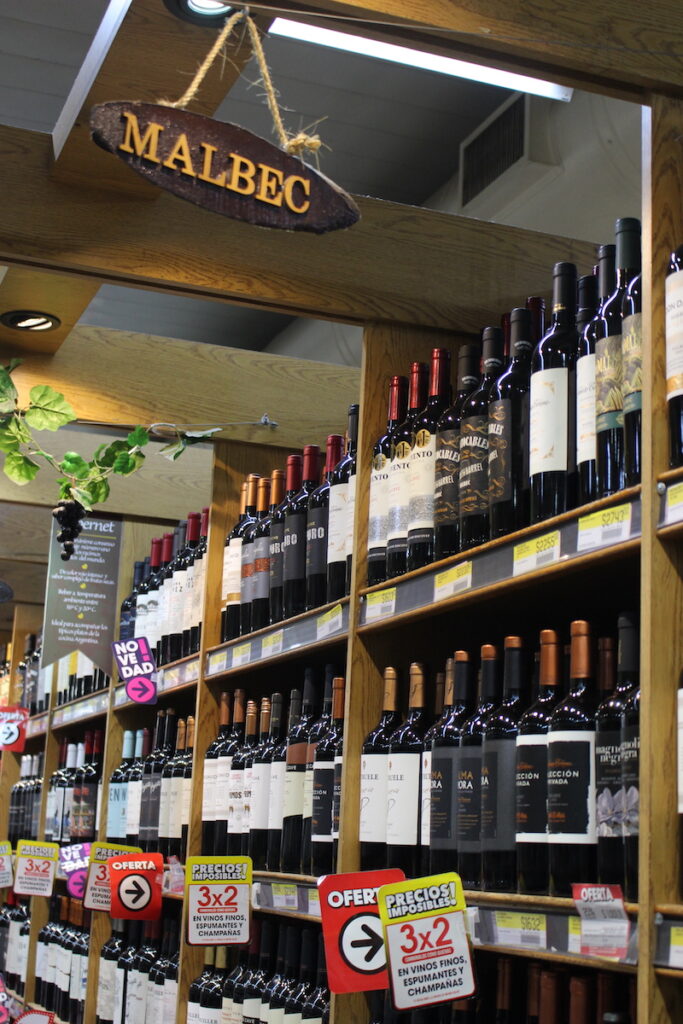
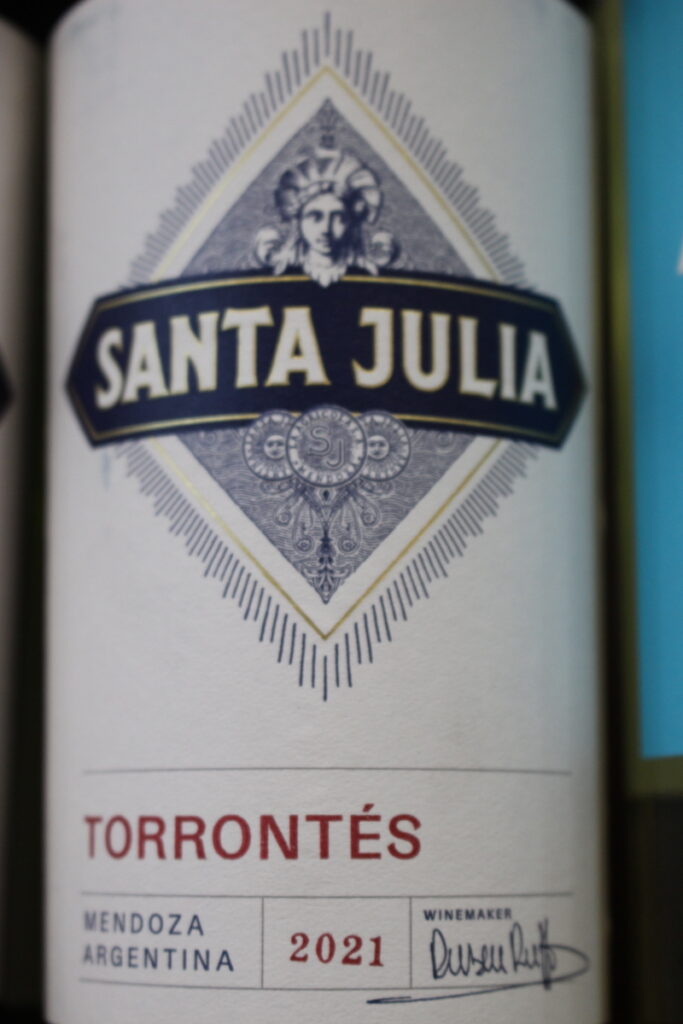
Argentines consider their wine the ambassador of Argentina to the entire world. And they have good reason to be proud.
Argentina ranks fifth globally among all wine-producing countries and first among Latin American nations. In 2010, the then-President of Argentina, Cristina Kirchner, signed a decree declaring wine an official national property. The significance lies in wine exports and the fact that wine accounts for about 50% of all agriculture in Argentina.
Grapes were introduced to Argentina from Europe in the 16th century, marking the beginning of a long history of winemaking. The grapevines thrived in Argentina due to the unique climate, mountains, and talented winemakers.
The winemaking capital of Argentina is the city of Mendoza, located at the foot of the Andes. Winemaking is also well-established in the provinces of Salta, Patagonia, San Juan, La Rioja, and others.
While wide grape varieties are grown in Argentina, the main ones are Malbec (red wine) and Torrontes (white wine), which have become synonymous with Argentine wine.
The primary consumers of Argentine wine are, of course, Argentinians themselves. It’s said that consuming as much meat as locals do would be physically impossible without wine. As a result, “Steak and Malbec” has practically become a catchphrase.
Fernet con Coca: A Unique Argentine Liquor
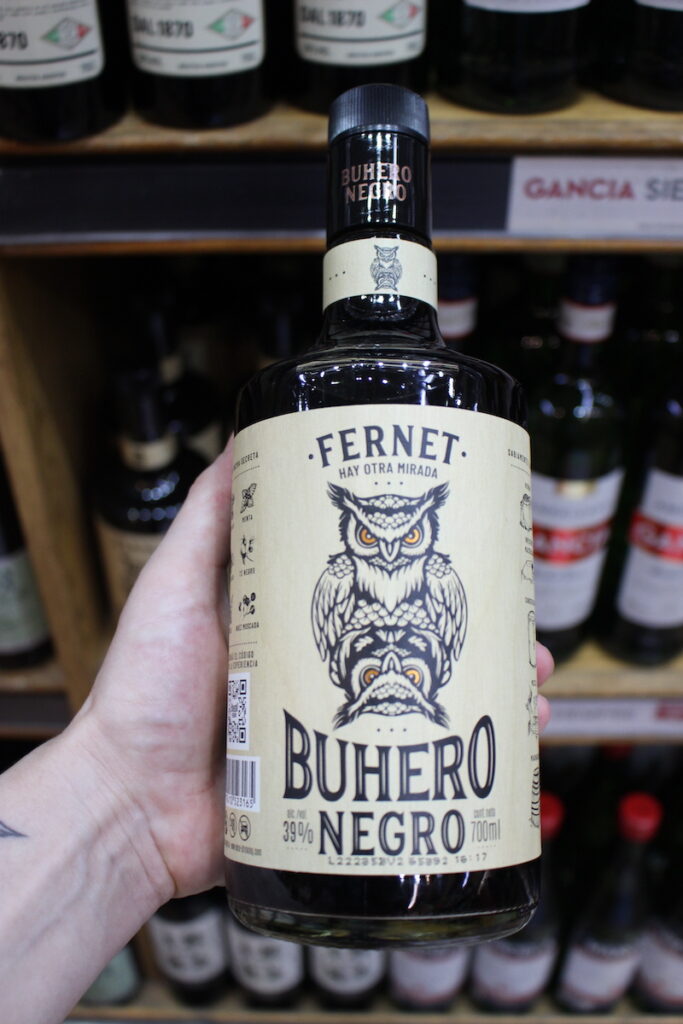
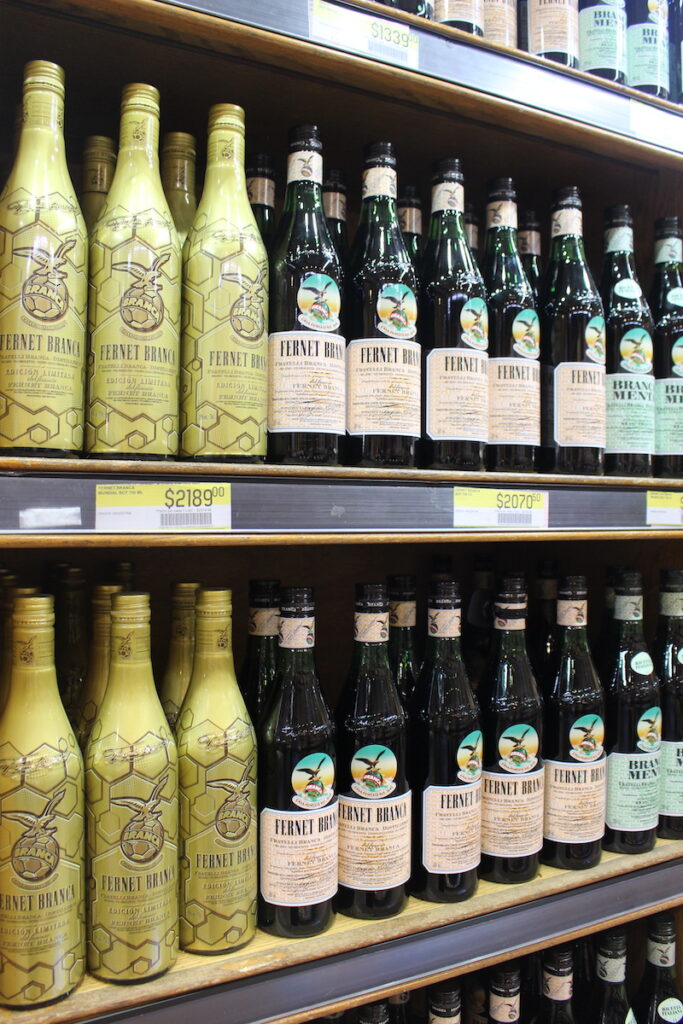
Originally, this liquor was brought from Italy. Still, it was not widely used in its homeland, although it was considered a recipe for all diseases, including cholera. But Argentina liked it, and now it is one of the three favorite national drinks.
Fernet is a rather bitter and strong liquor, about 40-50%, infused with herbs and spices: chamomile, aloe, rhubarb, etc.
You can drink Fernet after a meal as a digestif and add it to coffee, but the most popular option is cocktails with Fernet. The most famous is to add it to Coca-Cola; it is a spicy cocktail that young people love very much.
Also, with Fernet, you can make any cocktails where you need a bitter. It can replace Jägermeister in recipes, for example.
Dulce de Leche Liqueur
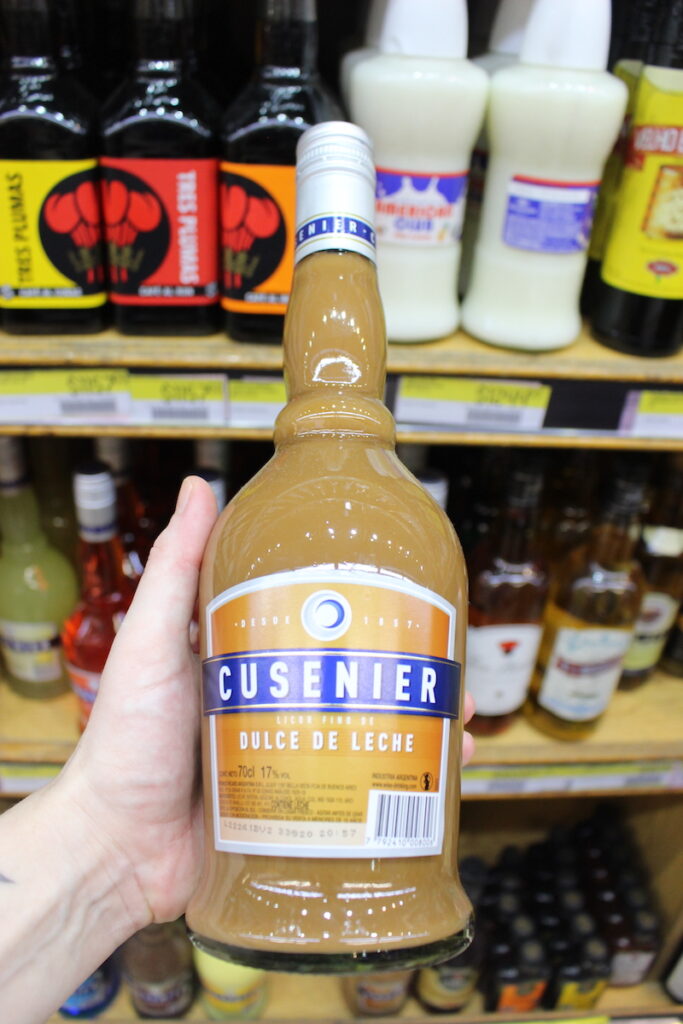
This sweet liqueur has the taste of Dulce de Leche. Although the Dulce de Leche is a national food all Argentines love, the liqueur made from it is not as well-known.
However, at Argentine fairs, you can find beautifully packaged bottles of this liqueur labeled “Made in Argentina,” making it an excellent souvenir or gift from this beautiful country (along with a mate and a bottle of Malbec).
You can create your own liqueur from Dulce de Leche, milk, and vodka if you possess some mixology skills.
El Submarino
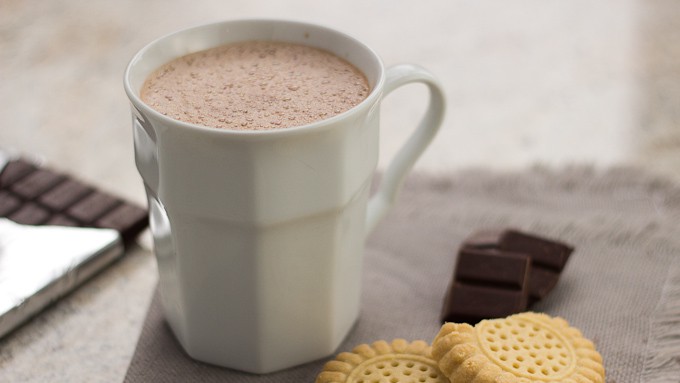
This is a typical winter Argentine treat enjoyed by children and adults alike. You’re served a mug of hot milk and a small chocolate bar, which should be dipped into the milk like a submarine and melted in it. It’s not exactly hot chocolate, but rather a milkier variation.
In my opinion, this simple drink’s main appeal is submerging the chocolate “submarine” into the milk “sea” and the imaginative play that ensues. Batten down the hatches; we’re diving! – Yes, sir!
Hesperidina
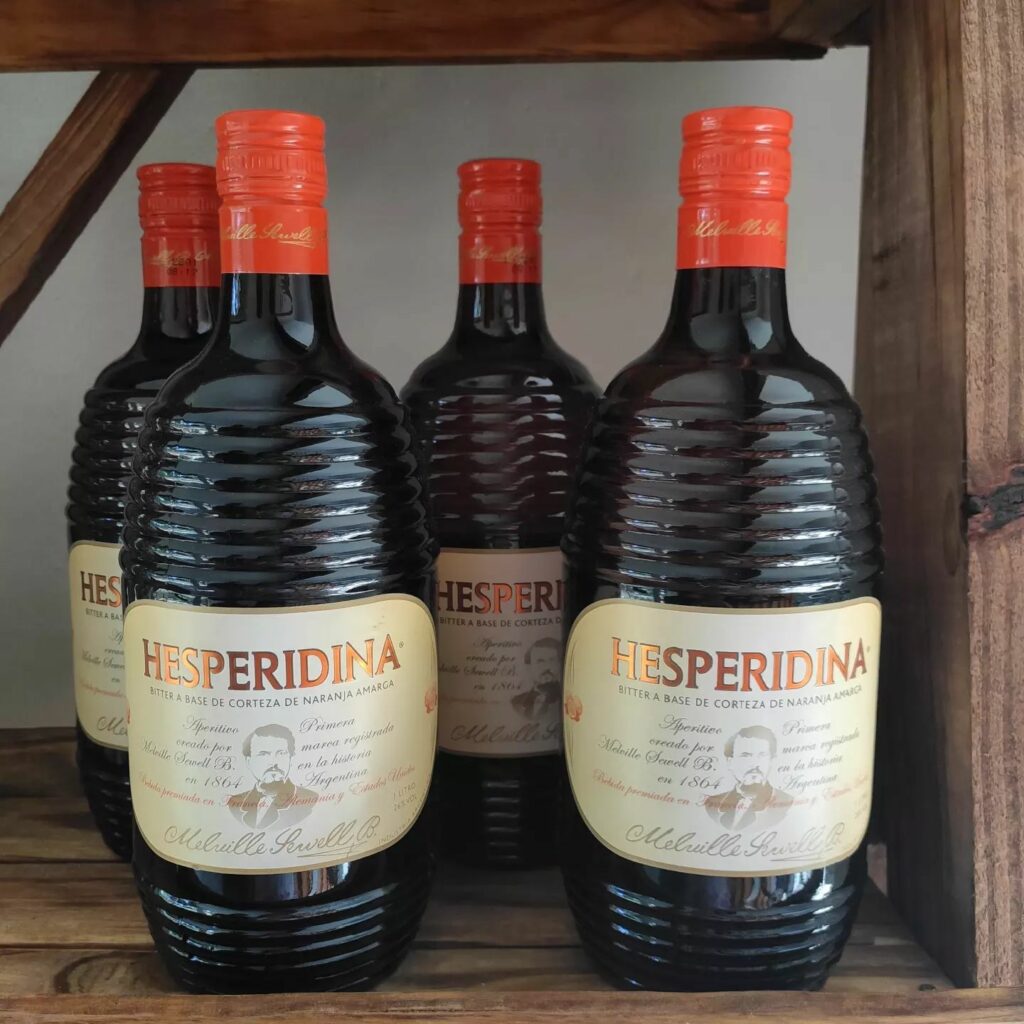
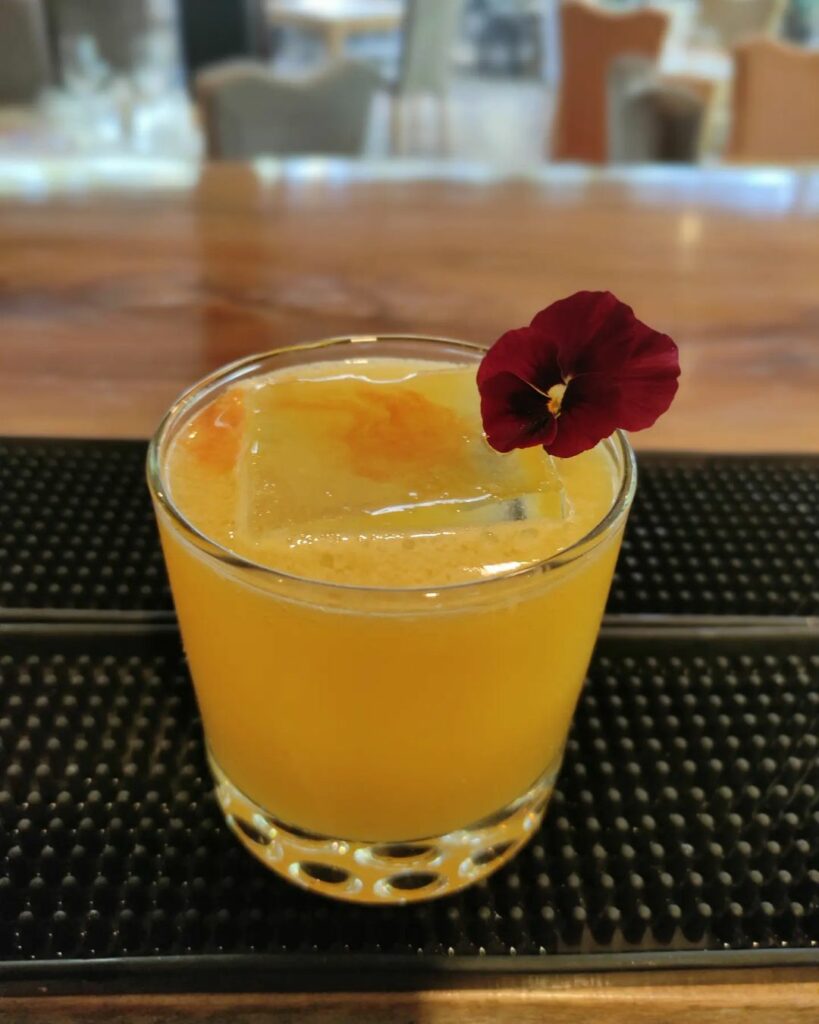
This popular alcoholic drink in Argentina is truly cherished.
Invented 150 years ago by American Melville Sewell Bagley, who moved to Buenos Aires, it’s a relatively sweet and mild liqueur with 15-20% alcohol content, infused with the peel of both sour and sweet oranges as well as unripe fruits.
Hesperidina can be enjoyed in its pure form as an aperitif, mixed with tonic and lime, or used in various cocktails.
Instagram Review
Ananá Fizz
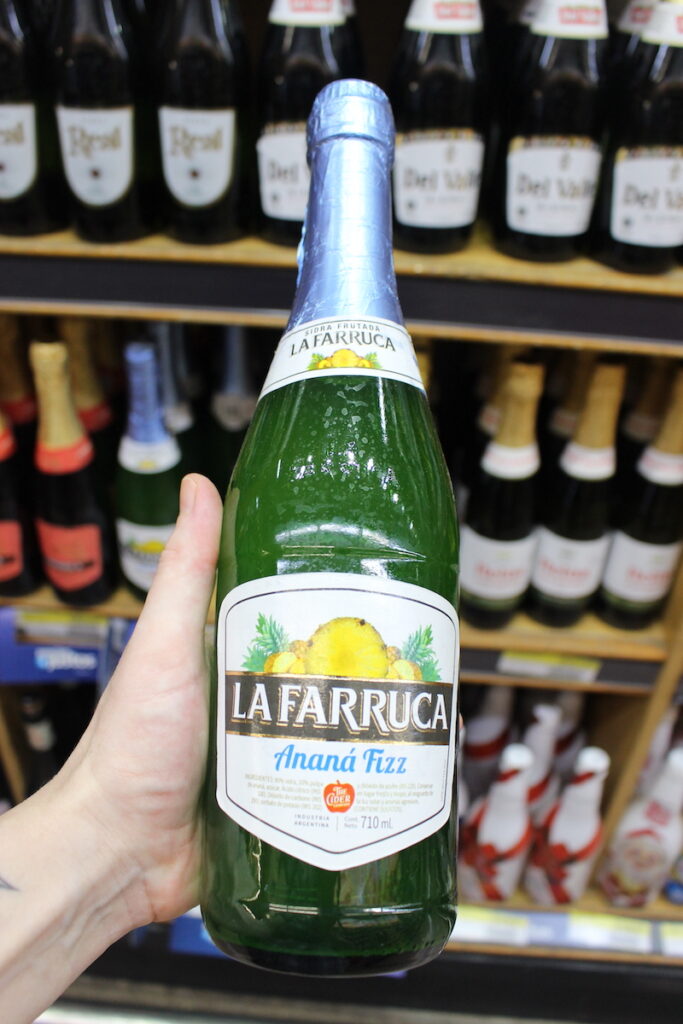
This is a light, refreshing drink that combines sparkling apple cider and pineapple juice, containing about 4% alcohol.
Ananá Fizz is served cold and is perfect for a warm summer evening or for Christmas (in Argentina, Christmas and New Year fall in the middle of summer). For a festive party, Argentines might buy whole cases of Ananá Fizz, similar to beer.
Añapa
Añapa (/ɑːnˈɑpɑ/) is a non-alcoholic Andean carob drink that is typically homemade.
This refreshing beverage has an ancient recipe passed down from the indigenous peoples of the Andes foothills. It’s made from the fruits of a white carob tree, with the juice mixed with water or milk, and sometimes sugar, although the drink is already naturally sweet.
This traditional drink is loved by both children and adults, often enjoyed as a dessert.
Amargo Obrero
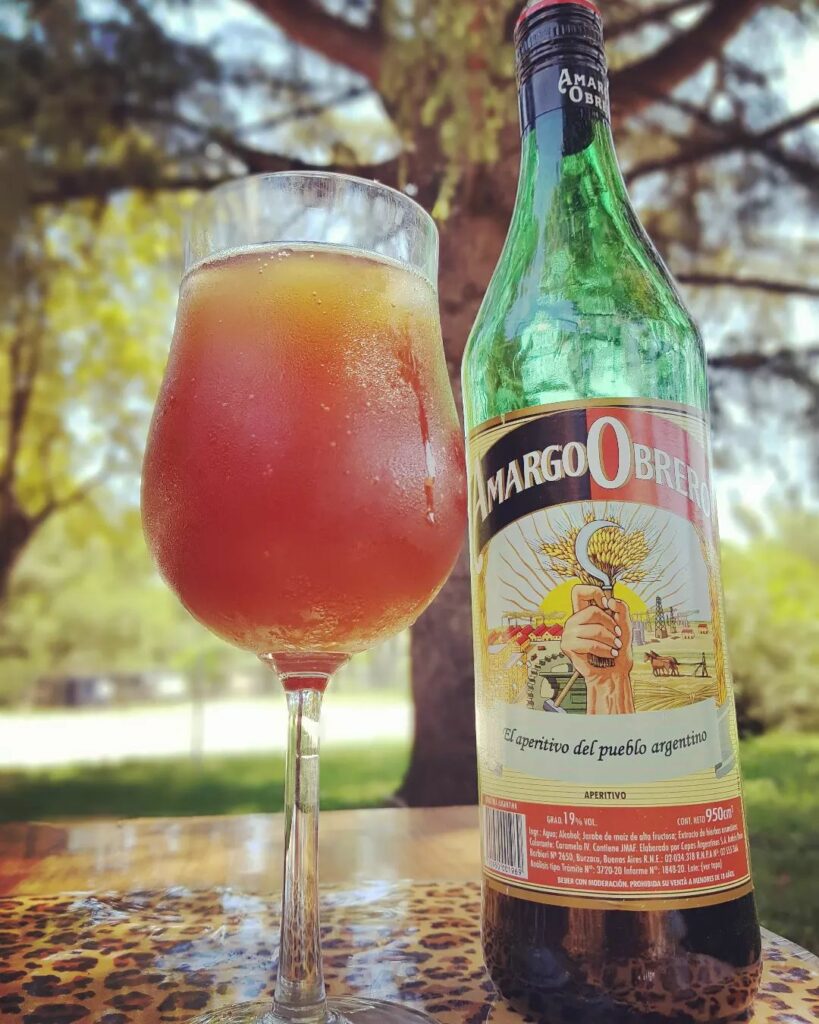
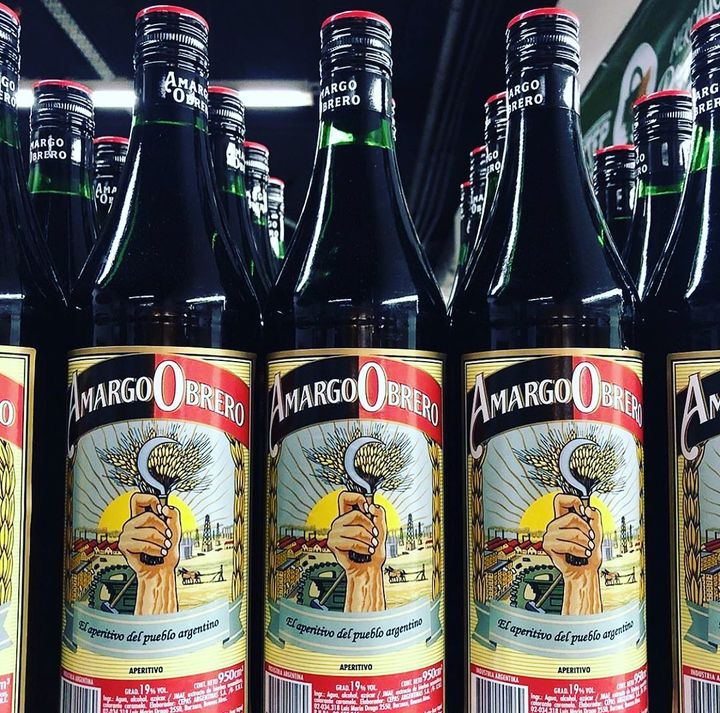
A true Argentine classic, Amargo Obrero is a bittersweet, herbal liqueur that locals love to sip and savor. Originating in the 1880s, this dark, reddish-brown potion is made from over 20 herbs and spices, giving it a complex and unique flavor profile.
Often enjoyed straight or on the rocks, Amargo Obrero is also perfect for adding a touch of Argentine flair to classic cocktails. Give it a try if you’re feeling adventurous – you might just discover your new favorite beverage.
Caña Legui
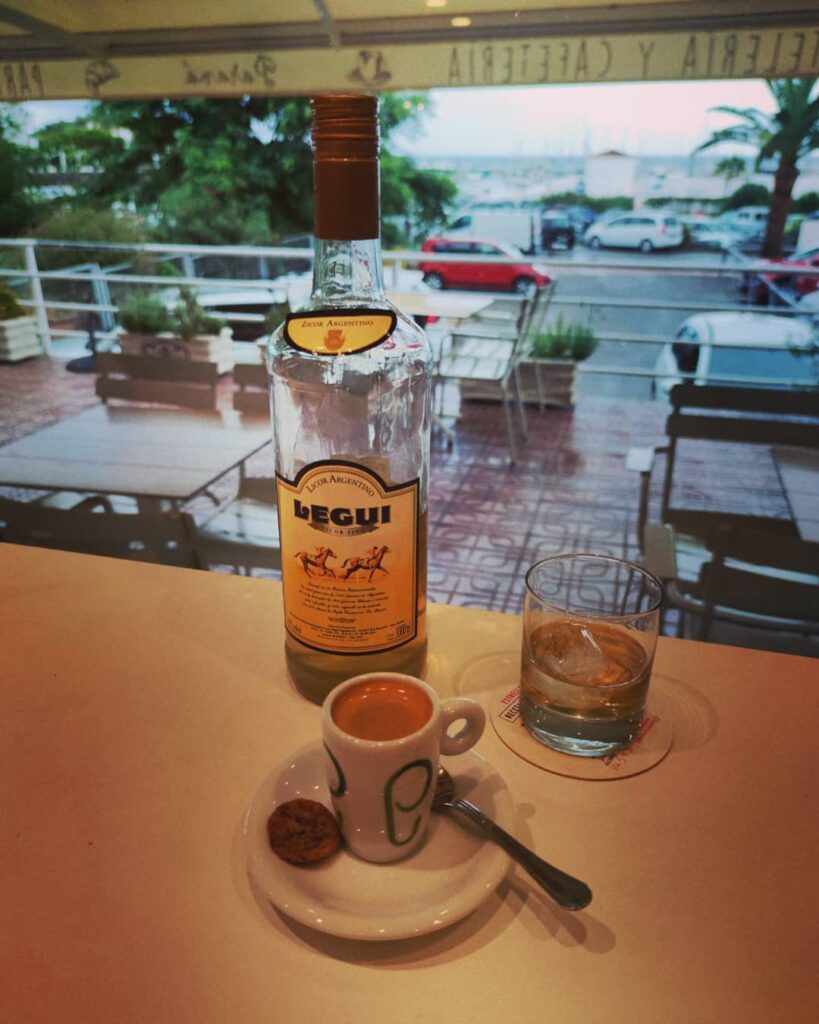
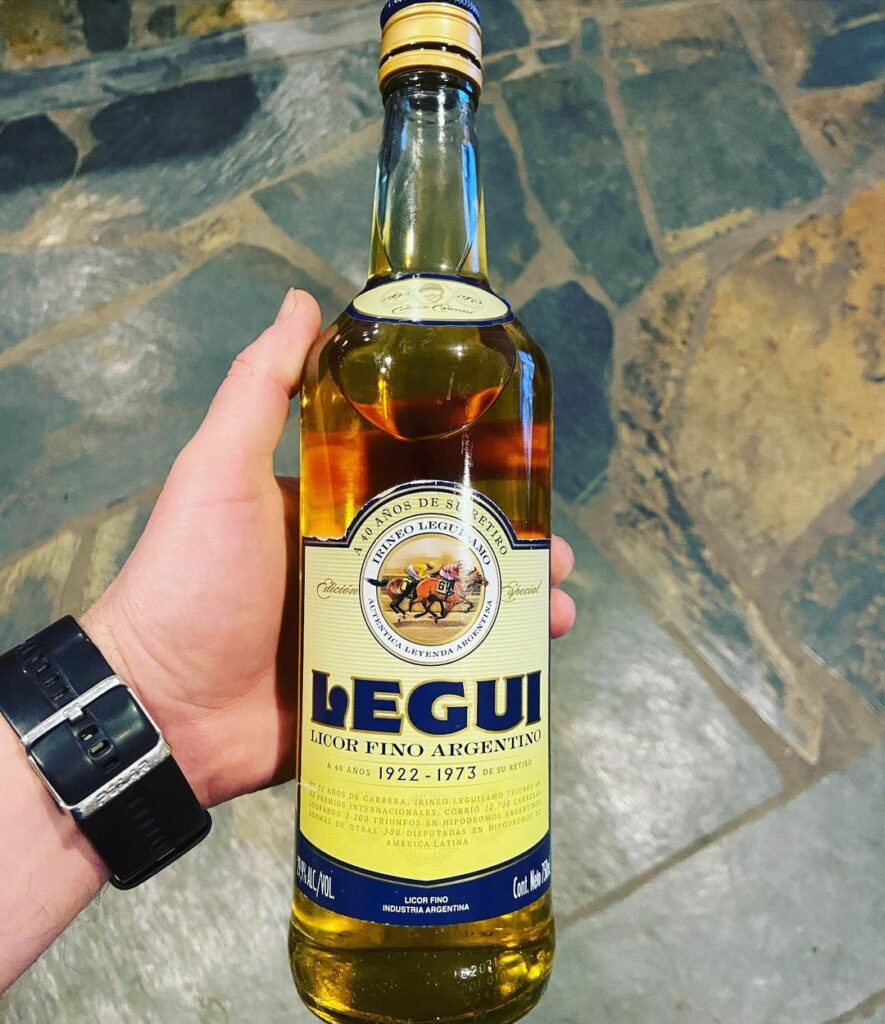
If you’re looking for an Argentine spirit with a kick, look no further than Caña Legui. This sugar cane-based liquor is often compared to rum but with its own distinct flavor and bite. It’s commonly enjoyed straight, in shots, or mixed with cola for a refreshing highball.
Caña Legui has a strong following among Argentine drinkers, and it’s easy to see why – it’s a bold, robust spirit that’ll have you dancing the tango in no time!
El Gancia
A delightful aperitif that’s become a staple at Argentine gatherings, El Gancia is a refreshing mix of wine, fruit extracts, and herbs. With its light, citrusy flavor, and gentle effervescence, it’s the perfect drink to enjoy on a warm day or to get the party started.
To make the classic Gancia Batido cocktail, mix El Gancia with lemon juice, a touch of sugar, and a few ice cubes, then blend until frothy. This delicious concoction is ideal for cooling off and immersing yourself in Argentine culture.
Corn Ulpada
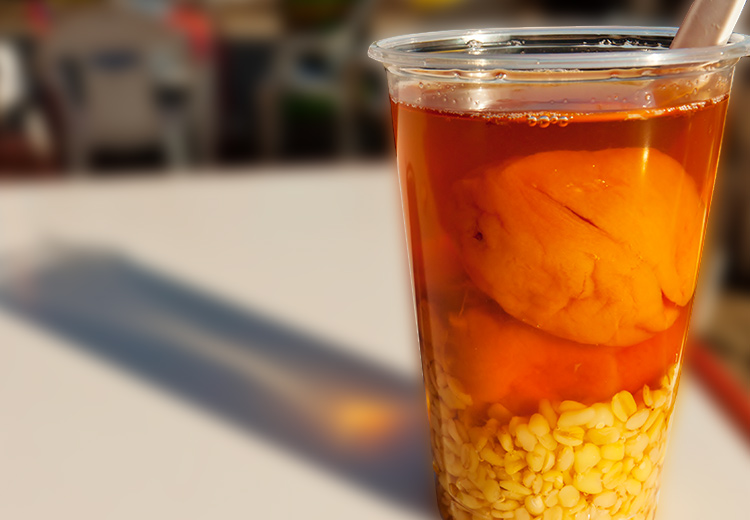
For a truly unique Argentine experience, treat yourself to a glass of Corn Ulpada, a traditional fermented corn drink hailing from the Andean region.
This slightly sour, fizzy beverage has been enjoyed by indigenous communities for centuries and is still made using traditional techniques.
To create Corn Ulpada, corn kernels are germinated, ground into a paste, and then fermented with water. The result is a distinctive and refreshing drink that offers a fascinating glimpse into Argentina’s rich cultural heritage. Don’t miss the chance to try this one-of-a-kind beverage!
Coffee
I had to include coffee on this list, as it’s impossible not to mention it. I adore Argentina, but my disappointment with their coffee culture still leaves a lingering pain in my heart.
If you’re a coffee lover who appreciates bean-producing countries, roasting methods, and can discern different flavors in your cup of espresso – brace yourself! All that knowledge won’t be helpful here.
Argentines prefer coffee with milk (50% coffee and 50% milk), but it’s quite challenging to find a decent espresso or flat white. Your best bet is to look for a café labeled “specialty coffee.”
There aren’t many of them in Buenos Aires, and even fewer are genuinely good. However, they offer at least a glimmer of hope for a reasonably satisfying coffee experience.
Argentina Drinks FAQ
The most popular alcoholic drink in Argentina is, of course, wine. Whether it’s white or red doesn’t matter; the main thing is that it should be local, Argentinian.
Argentinian children, like kids everywhere, enjoy juices and sodas. Unique local drinks for children include El Submarino and Añapa.
The top non-alcoholic drink in Argentina is mate. Be sure to try it and bring some home to enjoy, reminiscing about Argentina.
Effervescence is a fancy word for the bubbles you see in fizzy drinks like soda or sparkling water. When a liquid has effervescence (or enthusiasm!), it means a gas, usually carbon dioxide, is dissolved in it. When you open a bottle or can of a fizzy drink, you’ll see the bubbles rising to the surface and hear a little hissing sound. That’s the gas being released and creating the bubbly, tingly sensation you feel on your tongue when you take a sip. So, effervescence is just a fun way to talk about the bubbles in your favorite bubbly drinks!
Ananá Fizz is often enjoyed at Christmas in Argentina, making it perfect for the hot season.
Alcohol consumption in Argentina is prohibited for people under the age of 18.
Final Thoughts
Argentina boasts a rich and diverse drink culture that reflects the country’s history, traditions, and pride in their unique identity. From the iconic mate to the beloved Malbec wine and lesser-known delights like Ananá Fizz and Añapa, these beverages offer an authentic taste of Argentina.
As you explore the flavors and traditions of Argentina’s drink culture, you’ll discover the passion and craftsmanship that goes into creating these distinct beverages.
Whether it’s sharing a mate with friends, enjoying a glass of Malbec with your asado, or sipping a refreshing Ananá Fizz on a warm summer evening, these drinks from Argentina are sure to leave a lasting impression and create unforgettable memories of your time in this beautiful country.
Cheers to your Argentine drink adventure! 🥂🍷☕️
My Other Posts About Argentina
- My Fav Red Wines from Argentina
- Best Time to Visit Argentina
- Argentine Top Traditional Dishes
- Fun Facts About Argentina
